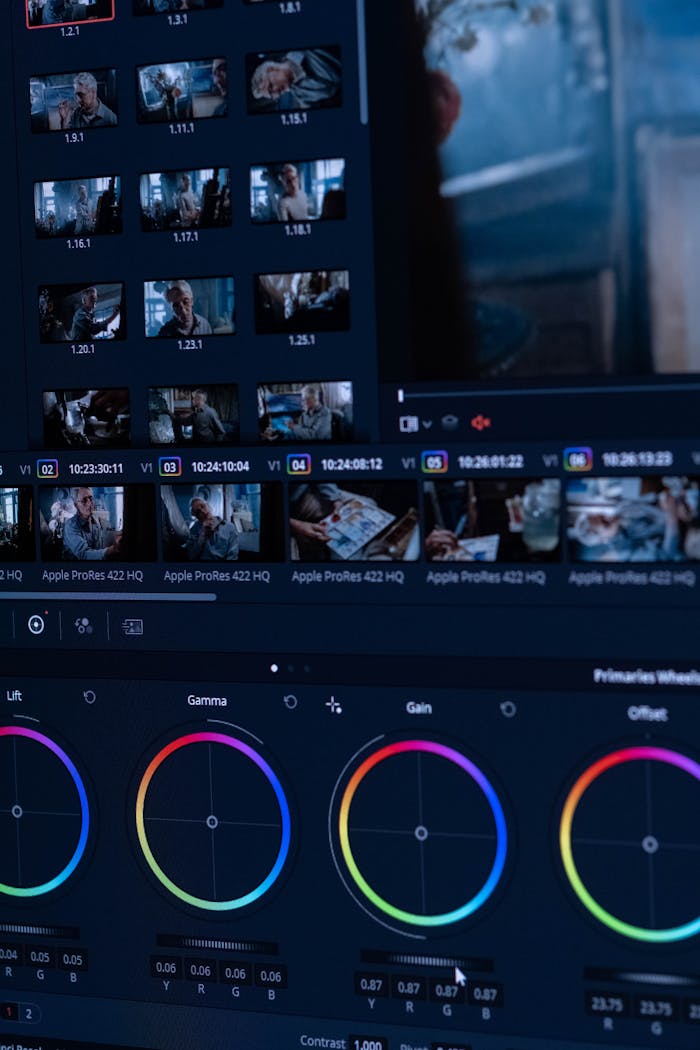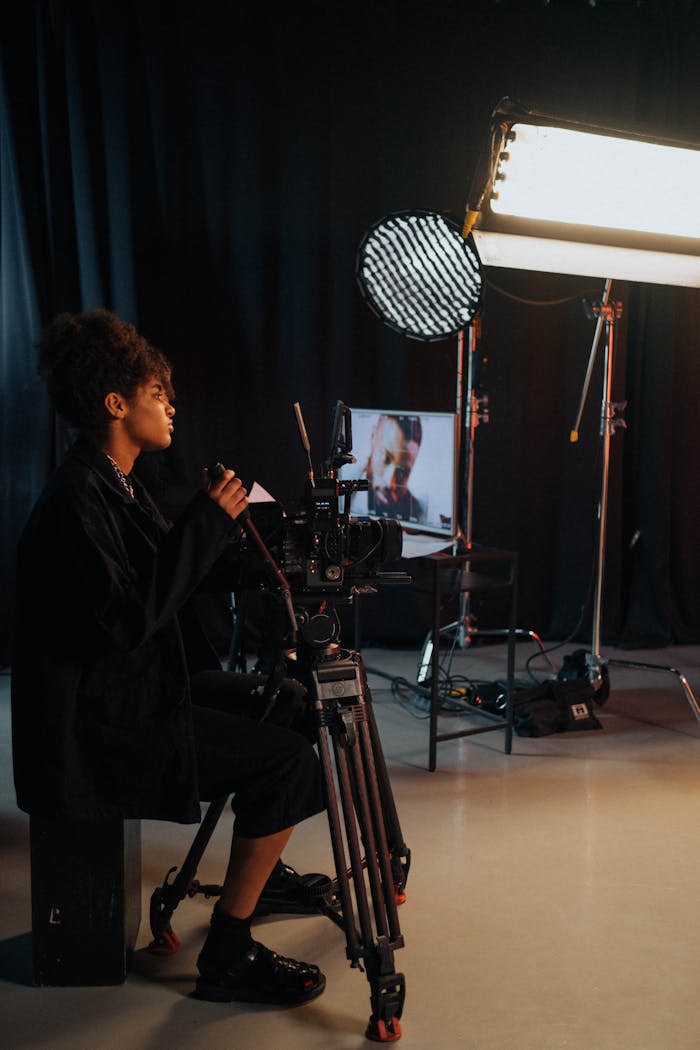In the age of digital marketing, audiences crave authenticity. They want stories that feel real, emotional, and human—not just polished advertisements. That’s why documentary-style video editing has become a powerful tool for brands, nonprofits, and creators. This approach turns raw footage into narratives that connect deeply with viewers, inspiring trust and engagement.
What Is Documentary-Style Editing?
Unlike traditional marketing videos that focus on flashy visuals or scripted messages, documentary-style edits prioritize storytelling. They use:
- Interviews & testimonials to capture genuine voices
- B-roll footage to add context and depth
- Narrative pacing that mirrors real conversations
- Music & sound design to evoke emotion naturally
The result? A video that feels authentic and relatable while still polished and professional.
Why Storytelling Matters in Video
People remember stories far more than statistics. A well-crafted narrative:
- Builds trust by showing real people and experiences
- Engages emotions instead of just delivering information
- Creates relatability by presenting challenges and solutions
- Drives action by inspiring viewers to connect with your cause, brand, or product
This makes documentary-style editing especially powerful for brands, nonprofits, and educators.
Key Elements of a Great Documentary-Style Edit
Professional editors use several techniques to shape raw footage into a compelling story:
- Strong opening hook: A personal quote or emotional moment that grabs attention
- Clear structure: Beginning (problem), middle (journey), end (solution or message)
- Interview cuts: Honest, unscripted moments from participants or experts
- Supporting B-roll: Visuals that illustrate and reinforce the spoken words
- Subtle graphics & captions: To provide context without distracting from the story
- Balanced pacing: Slow enough to feel authentic, but structured to keep attention
Who Benefits Most from This Style?
Documentary-style edits are ideal for:
- Nonprofits & charities – Showcasing real stories behind a mission
- Brands & businesses – Building customer trust with authentic testimonials
- Educators & trainers – Sharing success stories from learners or employees
- Event organizers – Capturing the energy of a conference or community gathering
- Content creators & filmmakers – Producing short-form documentaries for online audiences
Real-World Example
Imagine a nonprofit that wants to promote a fundraising campaign.
- Standard Ad: Uses stock footage, generic narration, and statistics.
- Documentary-Style Edit: Features real interviews with people impacted, authentic B-roll of the community, and a heartfelt call-to-action.
The second approach feels personal, emotional, and trustworthy—leading to higher engagement and more donations.
Conclusion
Documentary-style video editing is about connection, not just production. By focusing on authentic voices, real experiences, and emotional storytelling, this editing style builds deeper trust and inspires meaningful action.
For businesses and creators looking to move beyond traditional marketing, investing in documentary-style edits is one of the most effective ways to truly connect with audiences.




